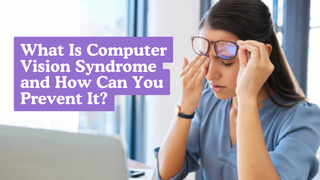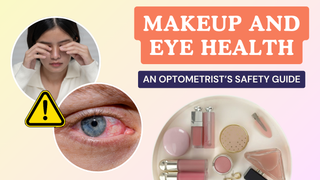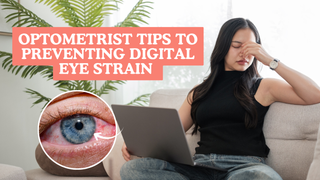Introduction
Colored contact lenses have become a popular cosmetic tool to enhance or change eye color. However, questions regarding their safety, including whether they can cause blindness, often arise. This article will explore the truth behind these concerns and provide guidance on the safe use of colored contacts for cosplay or halloween.
Understanding Colored Contact Lenses
Colored contact lenses are designed to alter the appearance of the eyes. They come in both prescription and non-prescription forms. Prescription colored contacts correct vision while changing the eye color, while non-prescription (cosmetic) lenses are purely for aesthetic purposes. Regardless of their purpose, the quality of colored contacts can vary significantly based on whether they are FDA-approved.
FDA-approved lenses go through rigorous testing to ensure they are safe for use, whereas non-approved lenses, often purchased from unregulated online shops, can pose serious risks. Therefore, choosing high-quality, FDA-approved colored lenses is crucial for eye health
Risks of Improper Use
While colored contacts can enhance your look, improper use can lead to serious eye health issues. One of the most common issues with improper lens use is poor hygiene. Failing to follow the correct cleaning and storage instructions can cause bacteria to build up on the lenses, leading to severe infections like keratitis.
Keratitis is an infection of the cornea that can result from wearing contaminated lenses. If left untreated, this condition can progress to corneal ulcers, which can cause long-term damage and even blindness. Therefore, it is essential to handle colored contact lenses with care and adhere to the recommended cleaning and storage practices.
Possible Infections and Their Consequences
One of the major risks associated with colored contacts is bacterial infections. Keratitis, corneal ulcers, and other infections can develop if the lenses are not used and maintained correctly. For example, sleeping in your contacts, not cleaning them properly, or wearing expired lenses can lead to bacteria entering your eyes. This can cause redness, pain, blurred vision, and in severe cases, vision loss or blindness.
Some extreme cases of misuse have resulted in permanent vision impairment. For instance, cases of Acanthamoeba keratitis, a rare but serious infection, have been reported among contact lens users who did not follow proper hygiene. This infection can be extremely difficult to treat and may require surgery or even a corneal transplant.
Regulatory Safety Measures
To mitigate these risks, regulatory bodies like the FDA have established guidelines for the production and sale of colored contacts. It is essential to purchase your lenses from reputable sources that comply with these regulations. In many countries, including the United States, a valid prescription is required to purchase colored contact lenses, even for cosmetic purposes.
This regulation is in place to ensure that your eyes are properly assessed by an eye care professional before using contact lenses. Your eye doctor can help determine the right fit, prescribe the correct lenses, and provide instructions on safe usage.
Myths vs. Facts: Debunking Common Misconceptions
A common myth is that colored contacts will make you blind. The reality is that colored contacts, when used correctly and purchased from reputable sources, are generally safe. Most cases of vision problems or blindness linked to colored contact lenses occur due to improper use, such as sharing lenses with others, using expired lenses, or not cleaning them properly.
A study referenced by Grundl et al. found that while aesthetic factors such as eye color may influence perceptions of attractiveness, the overall appearance and health of the eye, such as a clear sclera and defined limbal ring, matter more. Therefore, wearing colored contacts safely and maintaining good eye health are crucial.
How to Protect Your Eyes
To protect your eyes while wearing colored contacts, follow these guidelines:
Always Buy FDA-Approved Lenses: Purchase your lenses from reputable sellers and ensure they are FDA-approved.
Practice Good Hygiene: Wash your hands before handling lenses and clean them according to your eye doctor's instructions.
Follow the Replacement Schedule: Replace your lenses as directed, and never wear them beyond their intended use.
Avoid Sharing Lenses: Never share your lenses with others, as this can transfer bacteria and increase the risk of infection.
See Your Eye Doctor Regularly: Regular eye exams are essential to monitor your eye health and ensure that your lenses are fitting properly.
In conclusion, colored contacts will not make you blind if used properly. However, misuse and poor hygiene practices can lead to serious infections that may result in vision loss. Always consult with an eye care professional before using colored contacts, purchase lenses from reputable sources, and follow proper care guidelines to keep your eyes safe and healthy.
Remember, your eye health should always come first, and the beauty of colored contacts should never compromise your vision.











